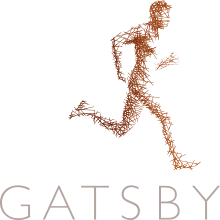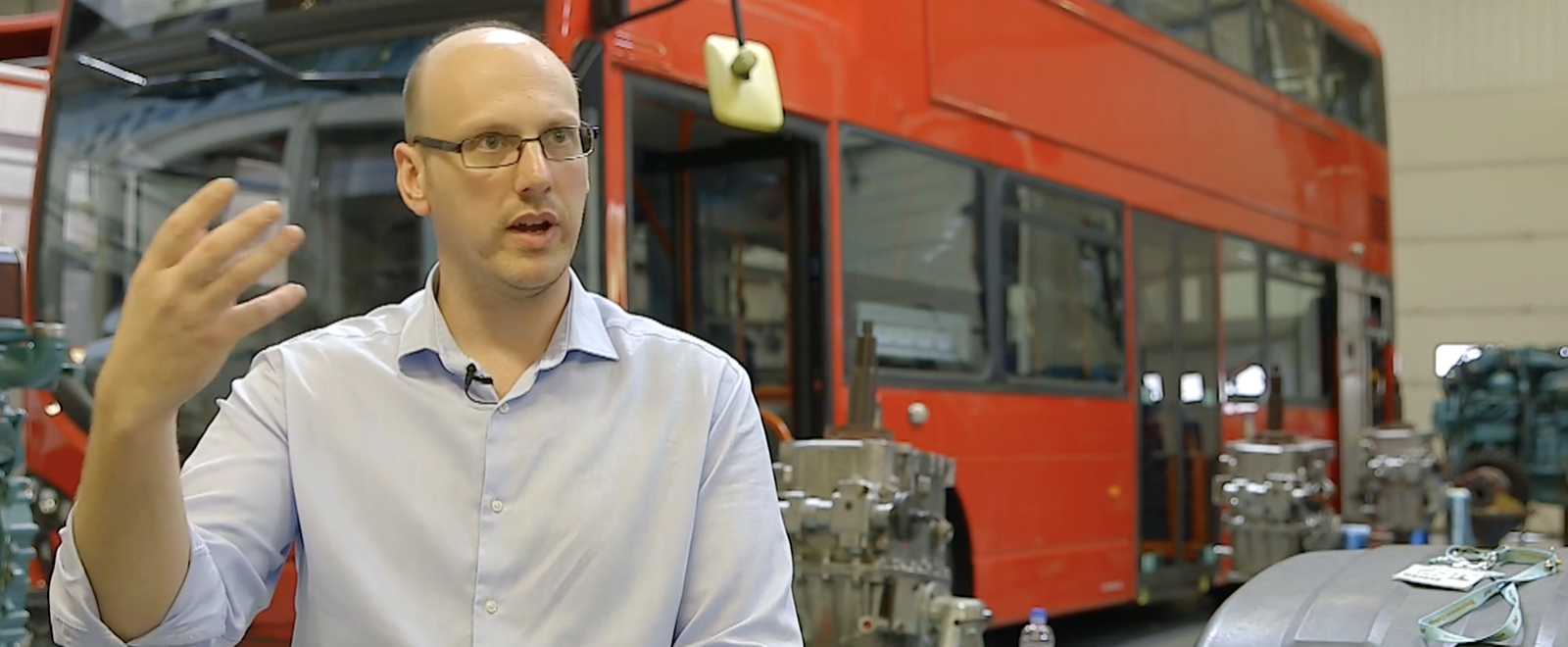ITE Trainee
2. Pedagogy as decision-making: Example 1, Chris
Chris teaches motor vehicle engineering at Stephenson College. In the video clip of this class for apprentices, the students are learning about an electromechanical system: vehicle transmissions.
Although the focus of the session is on the mechanical system, the students have asked a question about the electronic solenoid associated with the transmission system. Chris seems to be making a decision to encourage the students to investigate a fault with the solenoid, even though he is short of time.


